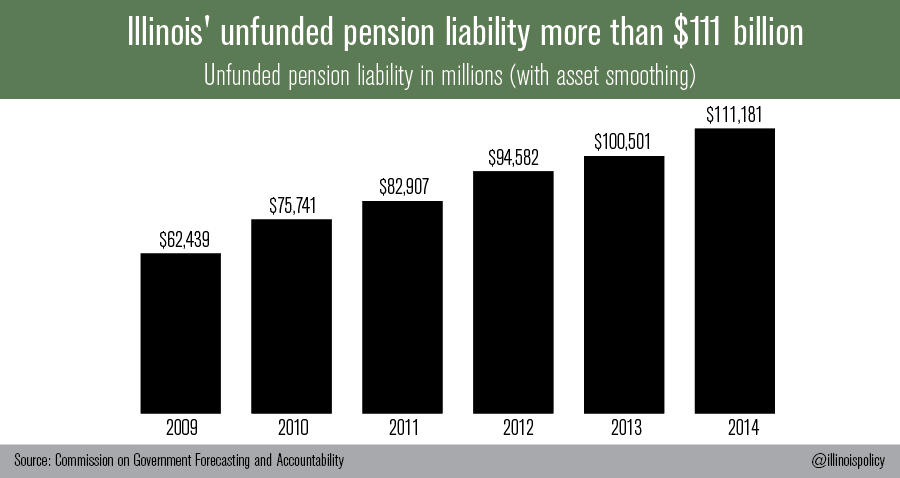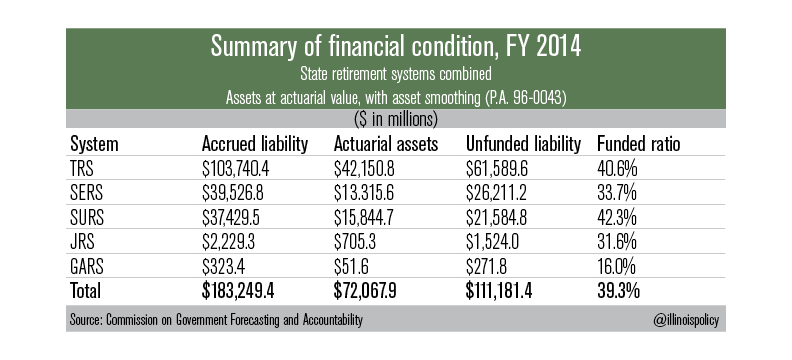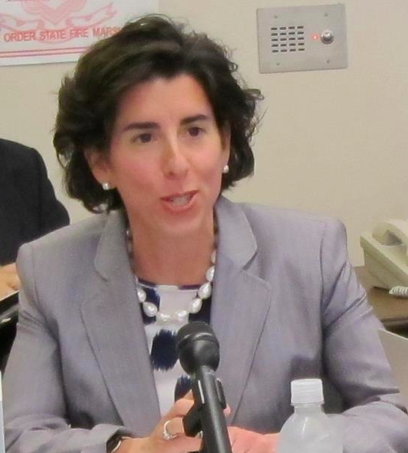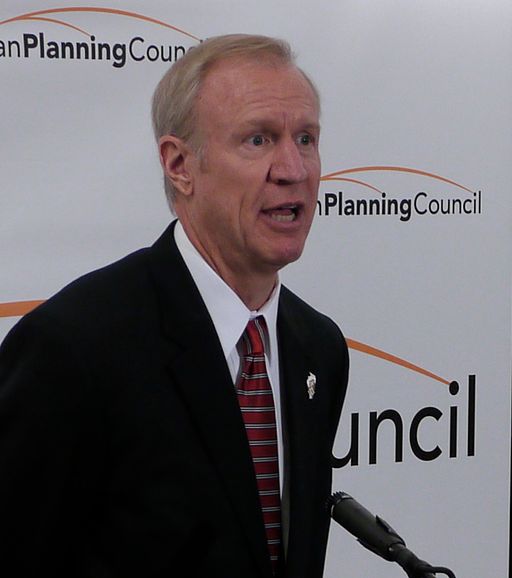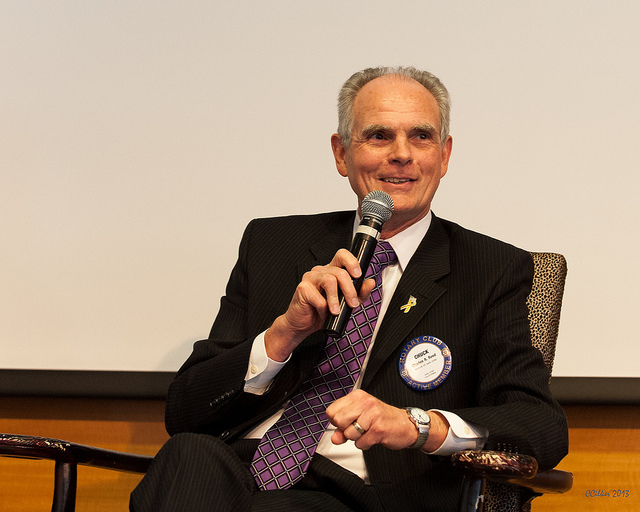The judge overseeing Detroit’s bankruptcy, Judge Steven Rhodes, said this month there was a 25 percent chance his ruling allowing pension cuts could be overturned if appealed.
That was enough to give a small group of retirees hope. The group, consisting of 133 working and retired city employees, is appealing the city’s pension cuts and asked Rhodes on Monday to delay the cuts until after an appeal can be heard.
From the Detroit News:
In a court filing, the group of retirees, survivors and city workers cited the 4-to-1 odds the Denver Broncos will win Super Bowl XLIX on Feb. 1 as part of their justification for time to appeal.
“Therefore, there is a reasonable likelihood of prevailing on the merits,” retired Detroit police officer and attorney Jamie S. Fields wrote in court motion for a limited stay of Rhodes’ ruling.
The appellants asked for a limited stay that wouldn’t impact other settlements tied to Detroit’s plan to fix city services and shed $7 billion in debt.
Fields, who retired in 2010 as a deputy police chief, argued Detroit should not be able “to avoid any meaningful appellate review of the unprecedented approach” used to forge settlements with labor unions, retiree groups, the city’s pension funds and financial creditors.
[…]
In his Nov. 7 ruling from the bench, Rhodes acknowledged the pension reductions could be a “real hardship” for some retirees.
“The pension reductions in the pension settlement are minor compared to any reasonably foreseeable outcome for these creditors without the pension settlement and the grand bargain,” Rhodes said.
The pension cuts were voted on and approved by city workers over the summer. They include a 4.5 percent benefit cut for general city retirees, and a reduced COLA (from 2.25 percent to 1 percent annually) for public safety retirees.
Photo by TaxRebate.org.uk via Flickr CC License




